I think I did believe that love had immense power to unearth all that was good in us, refine us, and reveal to us the better version of ourselves. And though I knew Akin had played me for a fool, for a while I still believed that he loved me and that the only thing left for him to do was the right thing, the good thing. I thought it was a matter of time before he would look me in the eye and apologise.
So, I waited for him to come to me.
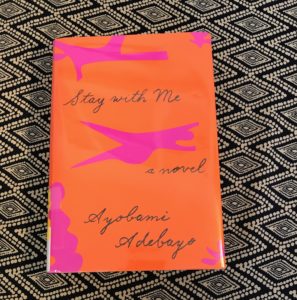
Delinquent (Oops?)
I’m not sure I’ve been quite so delinquent on posting a book that had a sort-of-deadline built into its relevance but here we go. I read the MARCH book club selection for the Modern Mrs. Darcy book club and finished timely (March 4th!) and yet haven’t felt like I’ve had a chance to really sit down and process everything that is this book.
Synopsis
Stay With Me follows Yejide, a Nigerian woman who has been unable to have a child with her husband Akin. The story follows Yejide as she takes increasingly desperate steps to have and then keep a child.
Avoiding the Spoilers
It is hard to discuss this book without spoiling the events. This was a book I experienced with no extra information besides what appeared on the flap-copy. I didn’t know what exactly Yejide and Akin were willing to try or how each of those steps would result. This will be a short review—I want to review it because it is so well done but do not want to spoil any of the little events in the middle along the way. So I apologize now for my brevity and vaguess—do not let this deter you from reading but rather take it as a sign that you should pick up the book and see for yourself why I am rating it so highly.
Loss
The most prominent and obvious theme in Stay With Me is one of loss. There is the loss of children—each loss different in its means and impact—but also the loss of relationship and self. As is common in couples who experience this kind of loss, with each step Yejide and Akin take to have a keep their children, the two are driven further apart. Steps taken to have the child that will ultimately strengthen their marriage become the wedges between them. With each loss, Yejide also loses parts of herself. A chipping away so subtle that it isn’t clear until whole sections have been sheered off that this was happening. At a apex in the plot, Yejide makes a choice to initiate the loss herself—when you have had what you love most repeatedly wrenched from you hands, at some point initiating the coming loss feels like the only way to protect yourself, to try to keep a shred of agency. I am not sure I have ever read another book that explores the myriad facets of loss and its impacts so effectively.
Structure
The book does jump around a bit in time and narrator—the bulk of the story-telling is from Yejide’s point of view, though every third or fourth chapter is Akin. The chapters are not labeled so the reader has to realize the narrator has changed—this was somewhat disconcerting at times, though it was easy enough to realize this had happened within a few sentences. It didn’t bother me and it seemed a deliberate choice made by Adebayo to deliberately disrupt the narrative and leave the reader feeling as disrupted and off-balance as Yejide and Akin. The abrupt narration change did, however, both some readers—the handful of negative reviews on Amazon mention this. The time jumps are labeled, so while they are also abrupt at times, it is clear you’ve moved forward or backwards in time. This kind of structure almost never bothers me—I like non-standard devices and techniques and I like to see authors play with things like this. This is, however, something it keep in mind if this style is something that usually impacts your ability to connect with a book.
Characters
To me, Yejide was a likeable narrator, drawing me in. Though we have nothing in common on paper—I have never even been to Nigeria, I have never tried to have a child—her experiences and the way Adebayo has her narrator speak to the reader made me feel a connection to her. She is well fleshed out—flawed but in ways that make sense for her experiences. She makes terrible choices at times, but by the time these happened, I connected with her so deeply I understood why she made the choice and was making it along with her. Stay With Me is a fascinating character study and makes me want to read more of Adelbayo’s work.
Because Yejide is the main narrator, I had a biased view of Akin. I felt affection for him early, as he supported Yejide. But as he and Yejide few further apart, I came to pity him, to see him as weak. Here again, this speaks to the power of Adebayo’s narrator. Stay With Me manages to simultaneously present Akin in the way his wife sees him, to have her thoughts color his presentation; yet just enough of his own character shines through here and there in his chapters that you still see him as a fleshed out person. He isn’t merely a foil or a plot device for Yejide’s development. He is his own character and I enjoyed digging for his real personality under Yejide’s assumptions about his motives.
In the discussion Anne hosted with Adebayo for book club, it came up that some people found all of the characters unlikeable and they struggled to finish. I was surprised by this assessment—Yejide and Akin seemed like people to me. Real people are not always likeable. And perpetually likeable characters are boring. Adebayo introduced both Yejide and Akin so thoroughly that I understood why they were making the choices they made; I understood why they were hurt and thus why they hurt others. I didn’t find either of them irredeemable or so distasteful that I wanted to stop reading.
The other fun little note that come up during the discussion is that all Yoruba names mean some thing. For Yejide, anyone who met her would know someone died before she was born—they would assume her grandmother but in Yejide’s case it was actually her mother who died giving birth to Yejide. Akin’s name means a courageous man—an ironic touch the more you get to know him.
Highly Recommended
I feel again that I need to apologize for being so vague—I feel like I’m saying “You should read this book but I can’t tell you why! You just should!” Obvious triggers surrounding child loss notwithstanding, this is a book I highly recommend if you like character-driven books. There are also sufficient events to keep the book moving, with moments of crisis, so even those who need more heavily plot-driven books will find something here to keep them reading. The entirety of the action occurs in Nigeria and Adebayo is herself Nigerian (I believe she said she was Yoruba), making this a book for both #diversebooks and #ownvoies.
Flight Pick — Americanah and the value of listening to books by foreign writers
Anne’s flight pick to read with Stay With Me was Chimamanda Adiche’s Americanah. I actually “read” (listened) to Americanah early in 2017 so I didn’t revisit it last month. I felt like listening to Americanah last year was particularly helpful—there is a cadence to the writing that was accessible to me as a white American reader that wasn’t available if I had only read the book. Indeed, having listening to Americanah I felt like I could read Stay With Me and even Freshwater better—the speech and cadence of the Nigerian English stuck with me and aided my reading. If you haven’t ever listened to an audiobook of a Nigerian writer, I recommend your first book be one you listen to—it will make the experience of that book and subsequent books richer.
Notes
Published: August 22, 2017 by Knopf
Author: Ayobami Adebayo
Date read: March 4, 2018
Rating: 4 ½ stars
Featured Photo Credit: Alexis Brown

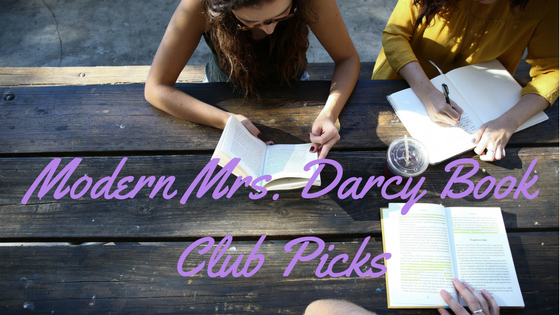
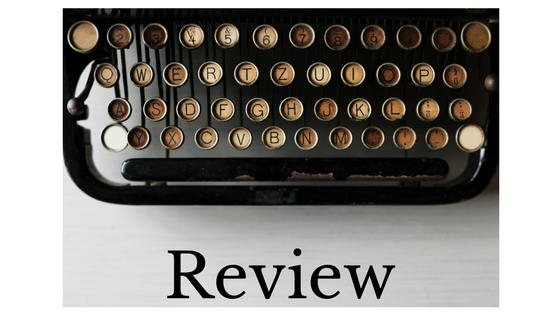
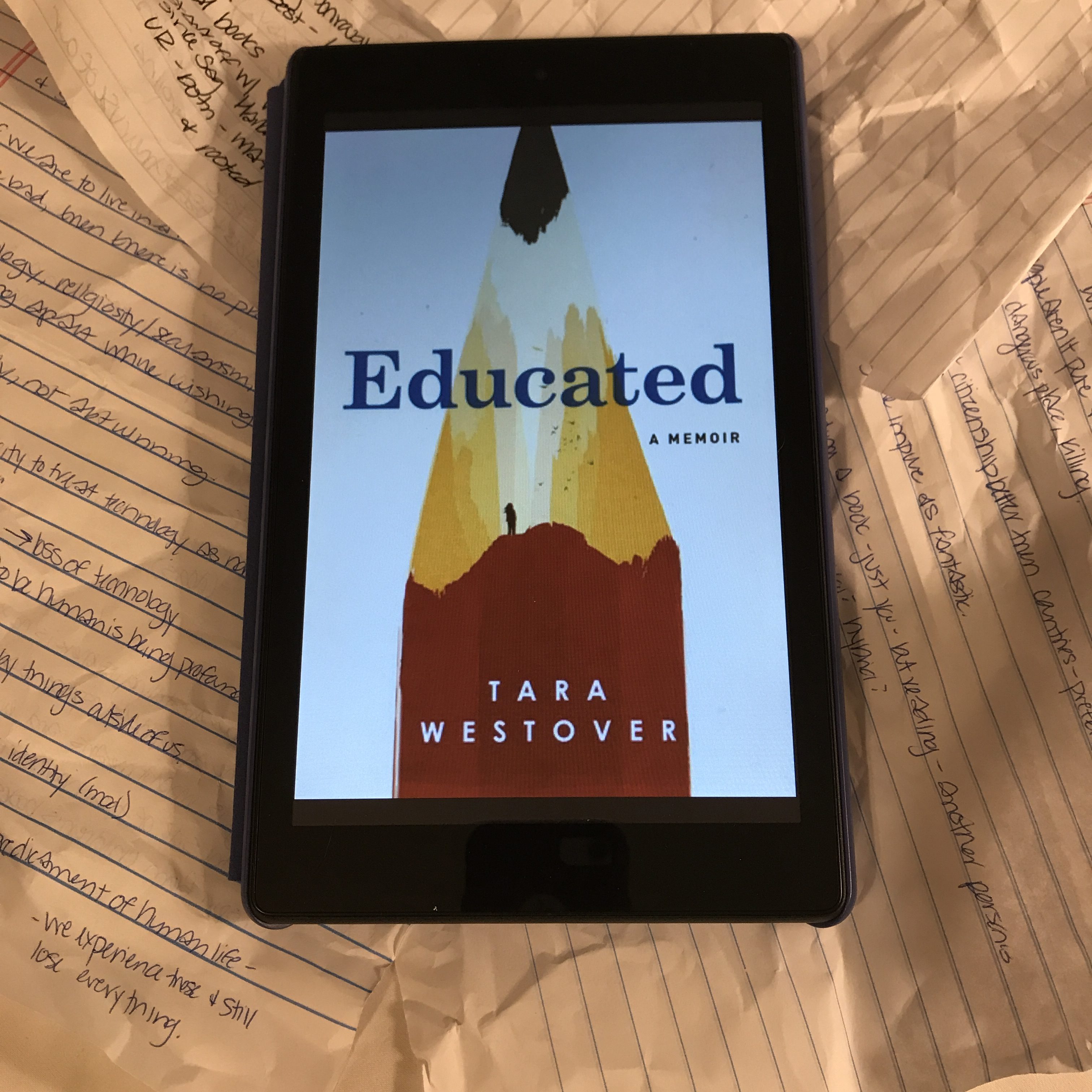
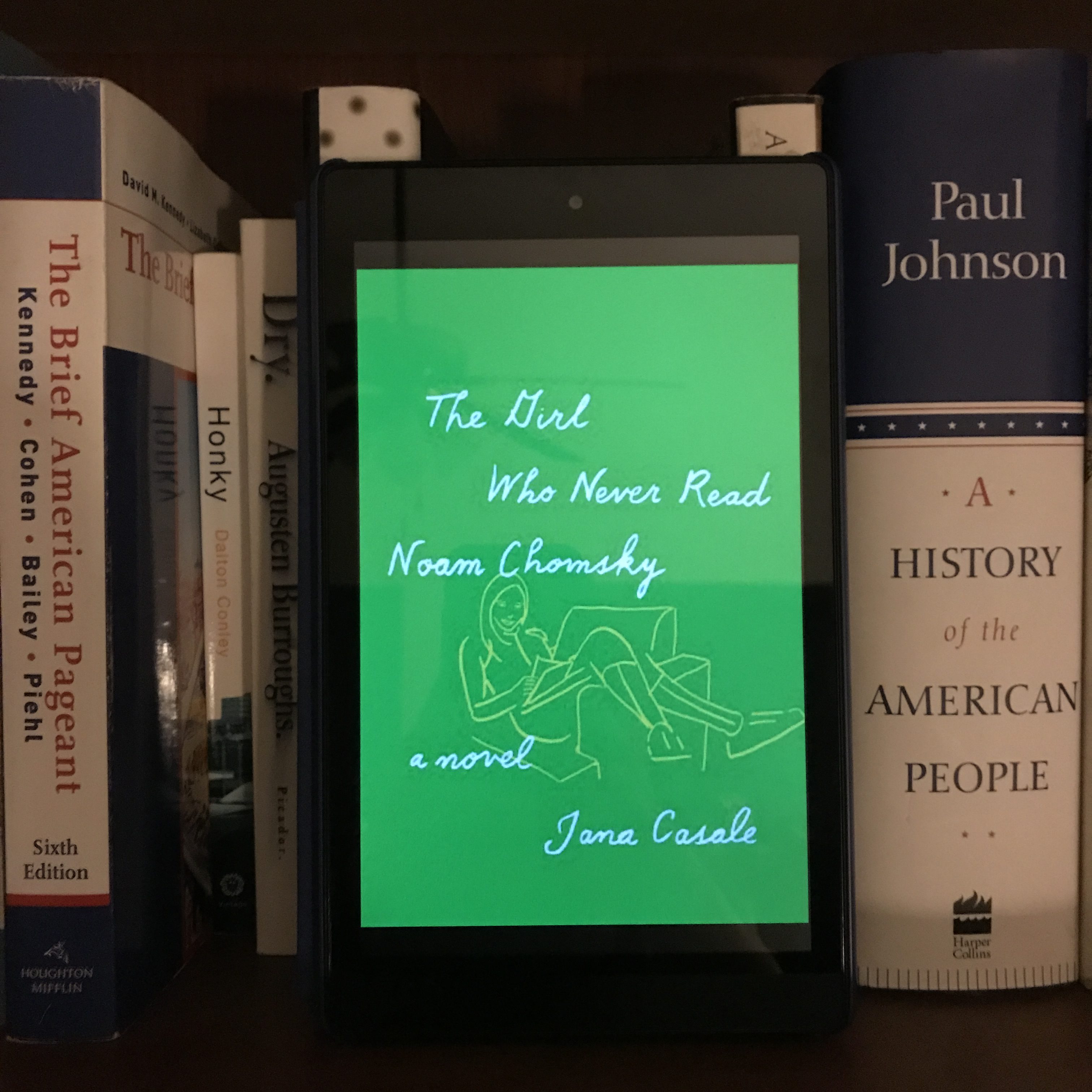
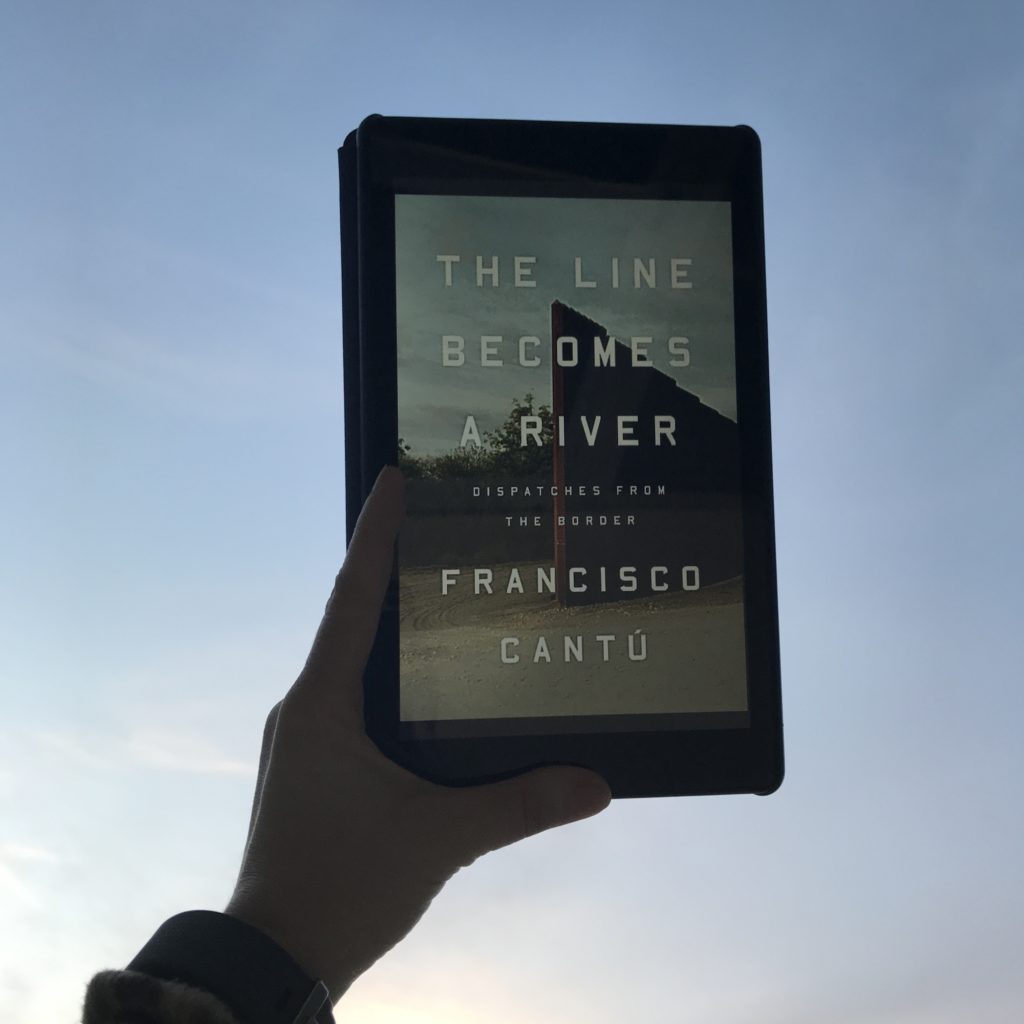 Conflict
Conflict

 Force of Nature is the second offering from Australian Jane Harper and continues to follow Detective Aaron Falk (or whatever Australians call detectives—I don’t have the book anymore as I had to return it to the library.) This one seemed to follow Aaron less (a little less need to introduce him to the reader in the second book) and stuck fairly close to the story of a team-building camping trip gone very, very wrong. I use mystery/thrillers like palate cleansers—when I’ve read a lot of heavy books and don’t want to think too hard and just want entertainment, they’re perfect. With this in mind, Force of Nature was a fun diversion with a few twists that kept it from being predictable. The Australian setting, particularly this time, felt like an exotic adventure from my couch. I think each of Harper’s books stands alone and don’t necessarily need to be read in order, though knowing who Falk is from the first book made the second easier to read—without it, I’m not sure you’d care as much about him.
Force of Nature is the second offering from Australian Jane Harper and continues to follow Detective Aaron Falk (or whatever Australians call detectives—I don’t have the book anymore as I had to return it to the library.) This one seemed to follow Aaron less (a little less need to introduce him to the reader in the second book) and stuck fairly close to the story of a team-building camping trip gone very, very wrong. I use mystery/thrillers like palate cleansers—when I’ve read a lot of heavy books and don’t want to think too hard and just want entertainment, they’re perfect. With this in mind, Force of Nature was a fun diversion with a few twists that kept it from being predictable. The Australian setting, particularly this time, felt like an exotic adventure from my couch. I think each of Harper’s books stands alone and don’t necessarily need to be read in order, though knowing who Falk is from the first book made the second easier to read—without it, I’m not sure you’d care as much about him.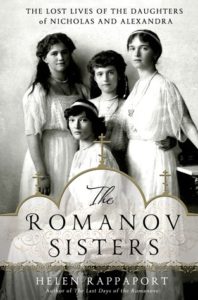 I Was Anastasia left me wanting to know more about the Romanovs so I wound up picking up The Romanov Sisters from the library after I finished that one. I think almost to the day that I finished reading Lawhon’s book, Anne Bogel posted a match up recommending it as a companion read. I took it as fate and picked it up. It was a bit dense for a pleasure read—Rappaport heavily footnotes her sources (as she should!) and uses extensive quotes. It was surprisingly readable for what it was, which felt much more like an academic text than a narrative nonfiction meant for a mass audience. I’m not sorry I read it since this is a gaping hole in my historical knowledge, but it was kind of niche—I’m not sure how knowing about three year old Alexey Romanov is going to help me in the future.
I Was Anastasia left me wanting to know more about the Romanovs so I wound up picking up The Romanov Sisters from the library after I finished that one. I think almost to the day that I finished reading Lawhon’s book, Anne Bogel posted a match up recommending it as a companion read. I took it as fate and picked it up. It was a bit dense for a pleasure read—Rappaport heavily footnotes her sources (as she should!) and uses extensive quotes. It was surprisingly readable for what it was, which felt much more like an academic text than a narrative nonfiction meant for a mass audience. I’m not sorry I read it since this is a gaping hole in my historical knowledge, but it was kind of niche—I’m not sure how knowing about three year old Alexey Romanov is going to help me in the future.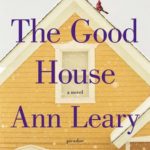 ood House
ood House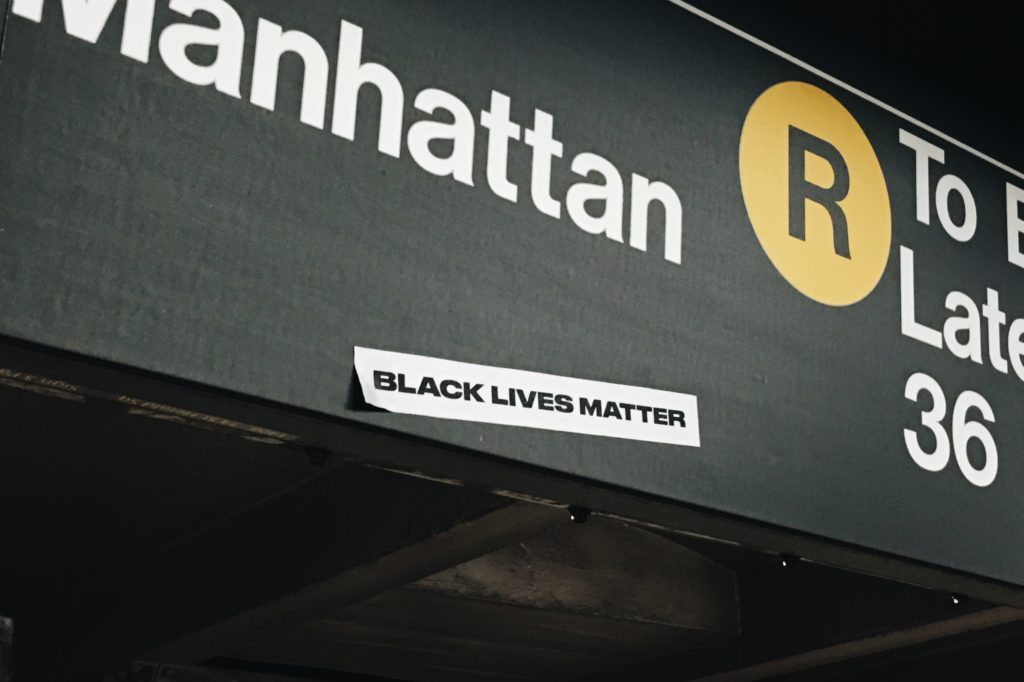
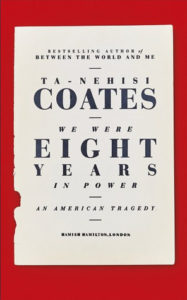 Coates’s most recent offering is a compilation of the essays he wrote for The Atlantic during the eight years of Obama’s presidency, one per year, with commentary of what was going on in his life and the life of many black Americans during each of the eight years. Because the essays were originally magazine articles, there is some repetition among them of certain points or common phrases that, if this were a book of essays, would likely have been edited to fit better. None of the thoughts or arguments that were repeated were long, so the repetition didn’t bother me as a reader, nor did it cause me to go into skim mode. It was just noticeable. The introductions to each article were interesting in that, while the context was helpful, Coates also comments on the following article—things he wished he had done differently, whether some of his points or predictions held up, and general criticism of his work. As a reader, this was a strange device and it made me wish that the “intro” essays followed the pieces instead. His critique of his own work colored how I read the article and I wished before some of them that I had a chance to form my opinion before reading his hindsight-critique.
Coates’s most recent offering is a compilation of the essays he wrote for The Atlantic during the eight years of Obama’s presidency, one per year, with commentary of what was going on in his life and the life of many black Americans during each of the eight years. Because the essays were originally magazine articles, there is some repetition among them of certain points or common phrases that, if this were a book of essays, would likely have been edited to fit better. None of the thoughts or arguments that were repeated were long, so the repetition didn’t bother me as a reader, nor did it cause me to go into skim mode. It was just noticeable. The introductions to each article were interesting in that, while the context was helpful, Coates also comments on the following article—things he wished he had done differently, whether some of his points or predictions held up, and general criticism of his work. As a reader, this was a strange device and it made me wish that the “intro” essays followed the pieces instead. His critique of his own work colored how I read the article and I wished before some of them that I had a chance to form my opinion before reading his hindsight-critique.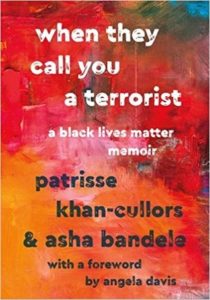 The focus of probably the first half of When They Call You a Terrorist was not what I expected since Khan-Cullors’s recollections seemed more about her brother’s experience with an inadequate public and prison mental health system than it did on her brother’s blackness. Which is not to say that his blackness was ignored or even that his blackness didn’t greatly affect the way the mental health and law enforcement systems responded to him. I simply didn’t know much about Khan-Cullors before listening (I think literally the only thing I could recall hearing about was her partner’s being detained trying to come into the country from Canada) and so did not expect the lengthy discussion of mental illness. Her compassion for her brother and the way the family tried to treat him and have others treat him with as little force as possible made me hurt for her. (Khan-Cullors reads the book herself, which added to the tragedy inherent in many of the sections.) Because so much of the first half of the book is simultaneously a study of being black and having a mental illness, I would go so far as to say that if you’re interested in hearing about the lived experience of trying to obtain mental health care in a broken system, this is a powerful book for that alone.
The focus of probably the first half of When They Call You a Terrorist was not what I expected since Khan-Cullors’s recollections seemed more about her brother’s experience with an inadequate public and prison mental health system than it did on her brother’s blackness. Which is not to say that his blackness was ignored or even that his blackness didn’t greatly affect the way the mental health and law enforcement systems responded to him. I simply didn’t know much about Khan-Cullors before listening (I think literally the only thing I could recall hearing about was her partner’s being detained trying to come into the country from Canada) and so did not expect the lengthy discussion of mental illness. Her compassion for her brother and the way the family tried to treat him and have others treat him with as little force as possible made me hurt for her. (Khan-Cullors reads the book herself, which added to the tragedy inherent in many of the sections.) Because so much of the first half of the book is simultaneously a study of being black and having a mental illness, I would go so far as to say that if you’re interested in hearing about the lived experience of trying to obtain mental health care in a broken system, this is a powerful book for that alone.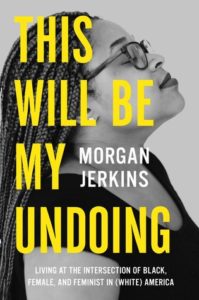 Admittedly, of the three books featured here, this one probably made me the most uncomfortable, but mostly because I don’t read very many books that prominently feature essays about labia and vibrators. Which, let me quickly add, were not mentioned for shock value—this wasn’t a book that I felt like I wanted to put down because it veered into the gross-Lena-Dunham-esque territory. There were just a few moments of “oh—I don’t know that I’d talk about that publicly but here we go.” I will say, this book probably made me the most uncomfortable of the three, though it was an uncomfortable that, like
Admittedly, of the three books featured here, this one probably made me the most uncomfortable, but mostly because I don’t read very many books that prominently feature essays about labia and vibrators. Which, let me quickly add, were not mentioned for shock value—this wasn’t a book that I felt like I wanted to put down because it veered into the gross-Lena-Dunham-esque territory. There were just a few moments of “oh—I don’t know that I’d talk about that publicly but here we go.” I will say, this book probably made me the most uncomfortable of the three, though it was an uncomfortable that, like 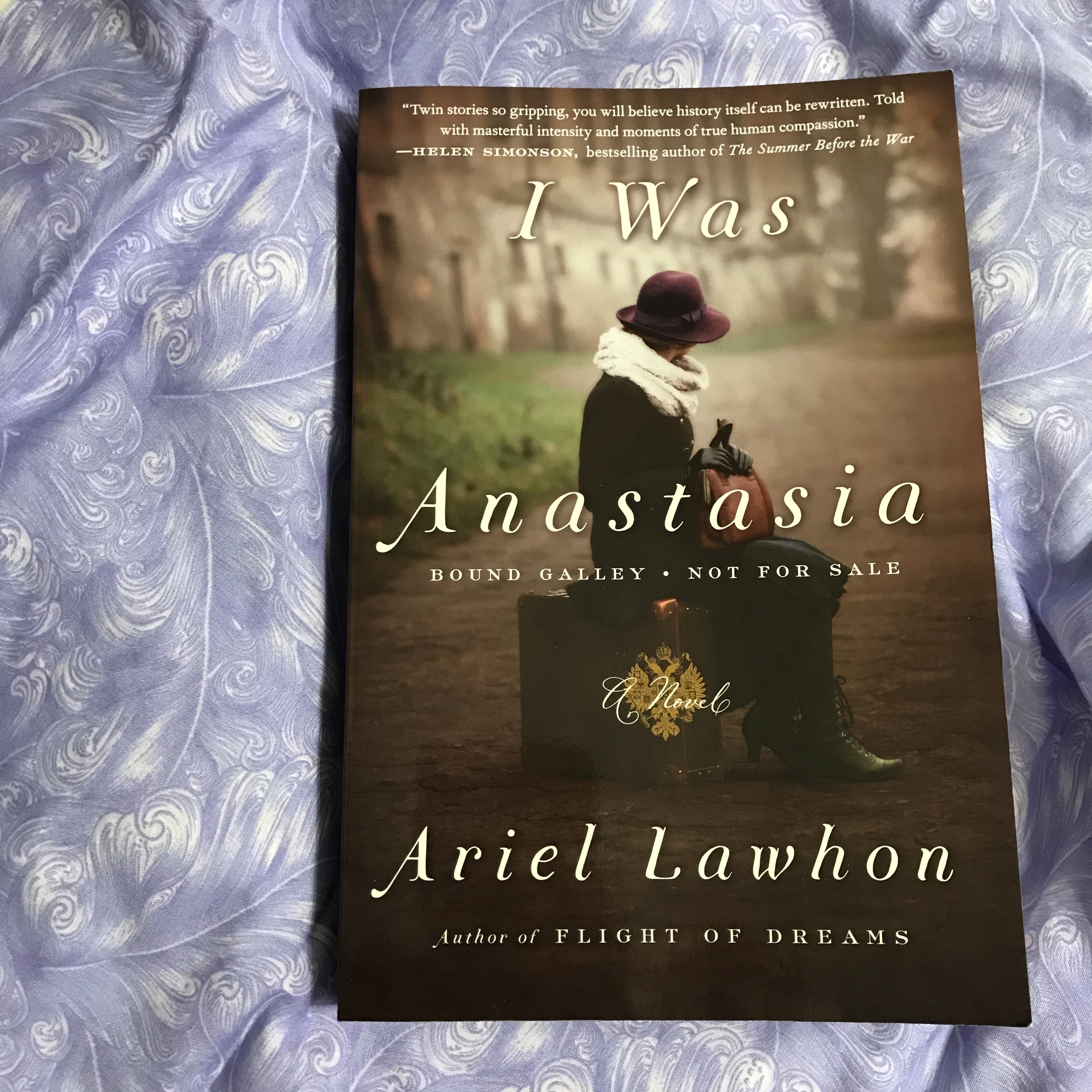 If I tell you what happened that night in Ekaterinburg I will have to unwind my memory—all the twisted coils—and lay it in your palm. It will be the gift and the curse I bestow upon you. A confession for which you may never forgive me. Are you ready for that? Can you hold this truth in your hand and not crush it like the rest of them?…But, like so many others through the years, you have asked:
If I tell you what happened that night in Ekaterinburg I will have to unwind my memory—all the twisted coils—and lay it in your palm. It will be the gift and the curse I bestow upon you. A confession for which you may never forgive me. Are you ready for that? Can you hold this truth in your hand and not crush it like the rest of them?…But, like so many others through the years, you have asked: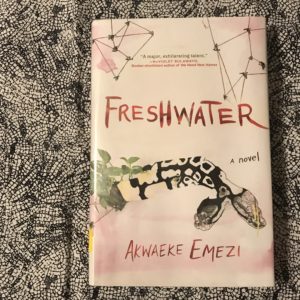 Synopsis
Synopsis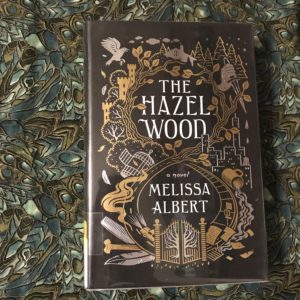 Synopsis
Synopsis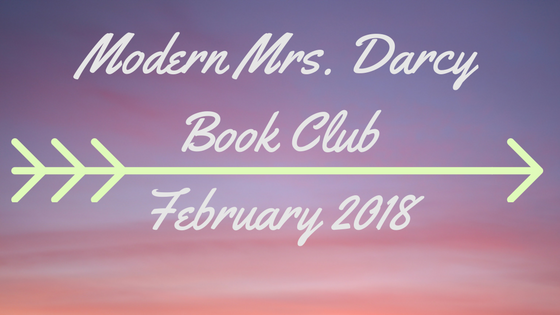
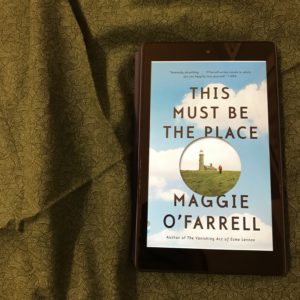
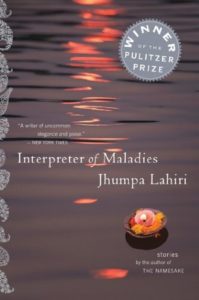 When Anne Bogel chose Interpreter of Maladies as her flight pick for This Must Be The Place, I was pleased. I’ve owned this book and hadn’t had a chance to read it yet (#storyofmylife) and really enjoyed The Namesake when I read it several years ago. I’m glad I read Interpreter of Maladies, though I didn’t love it as much as I wanted to.
When Anne Bogel chose Interpreter of Maladies as her flight pick for This Must Be The Place, I was pleased. I’ve owned this book and hadn’t had a chance to read it yet (#storyofmylife) and really enjoyed The Namesake when I read it several years ago. I’m glad I read Interpreter of Maladies, though I didn’t love it as much as I wanted to.